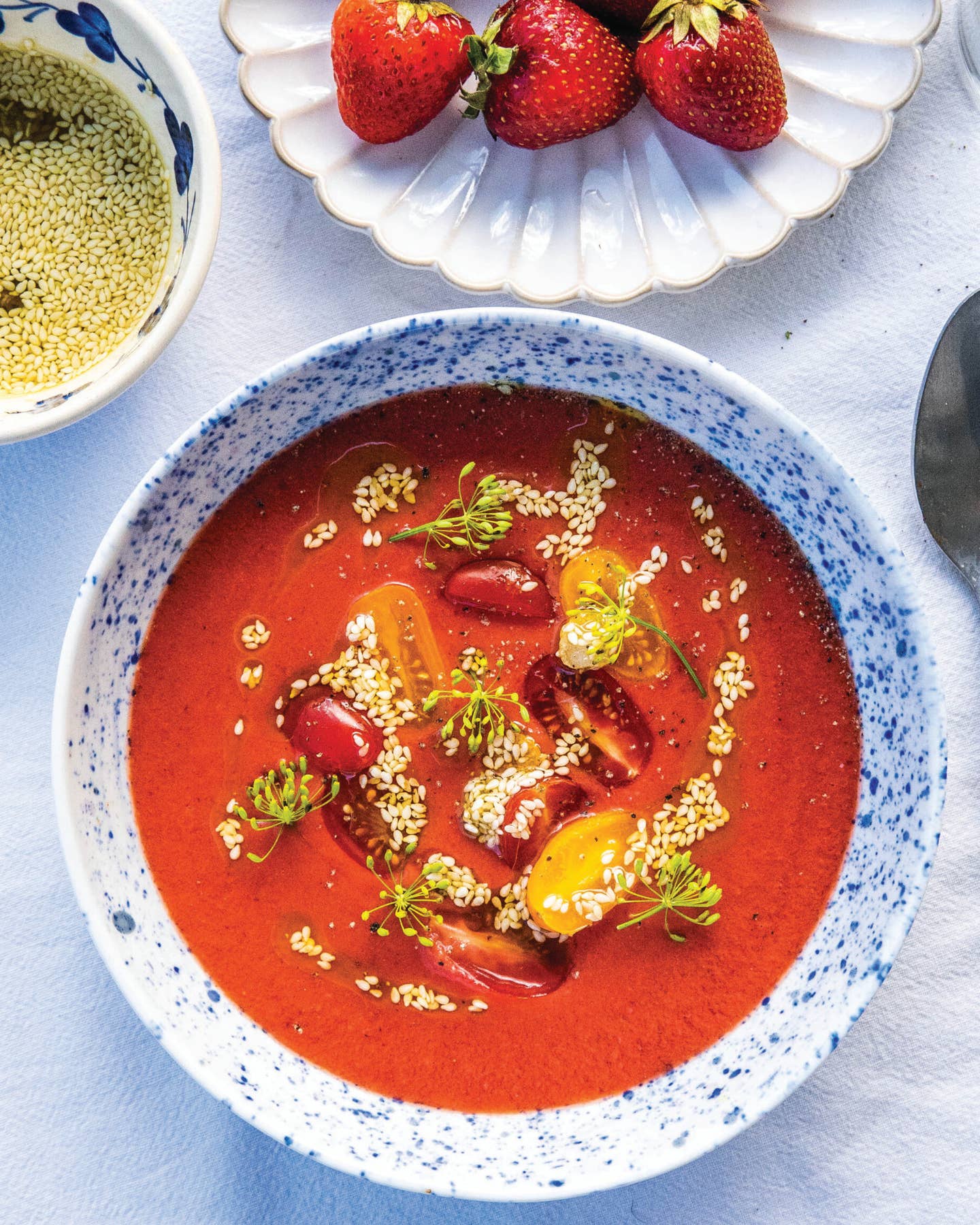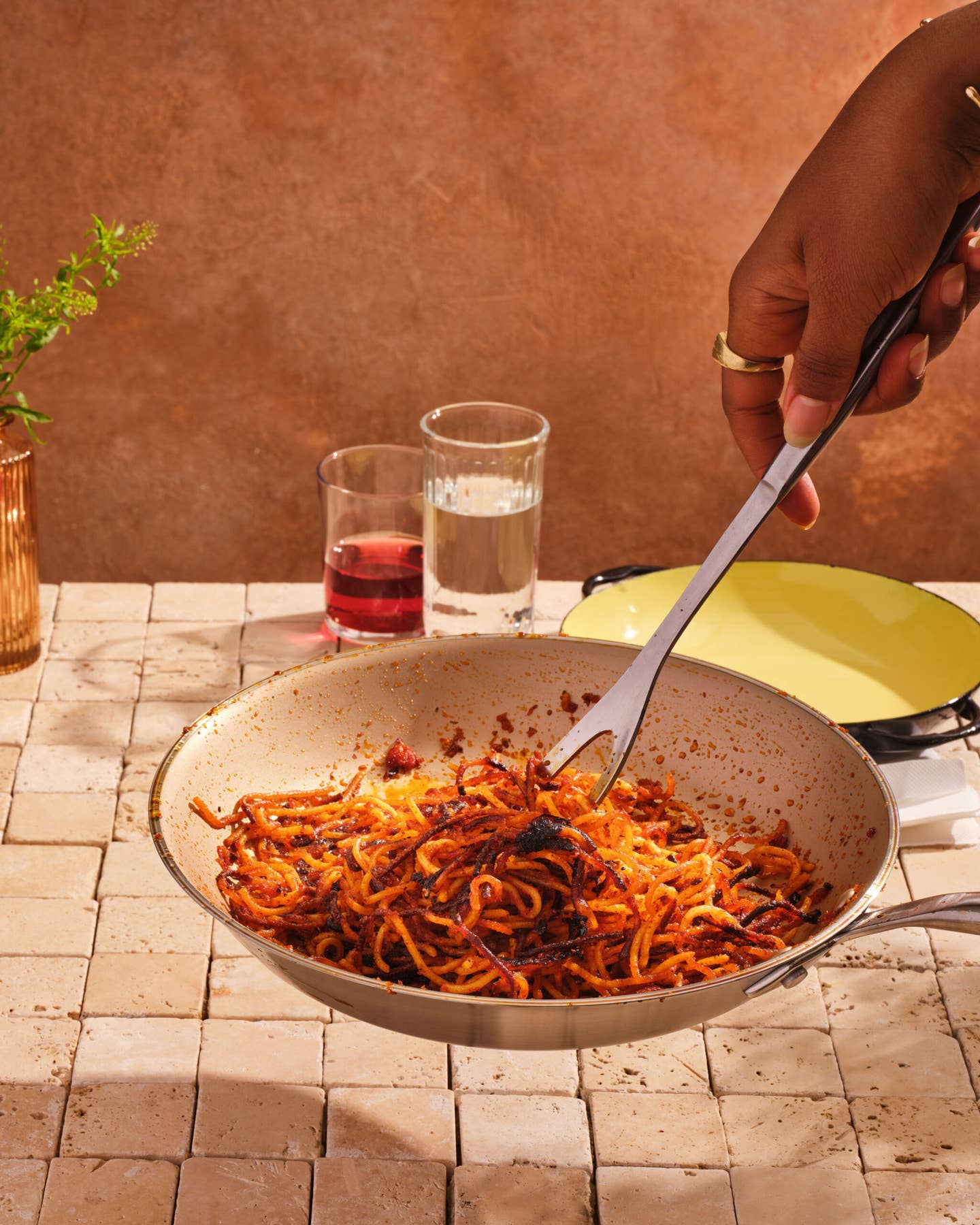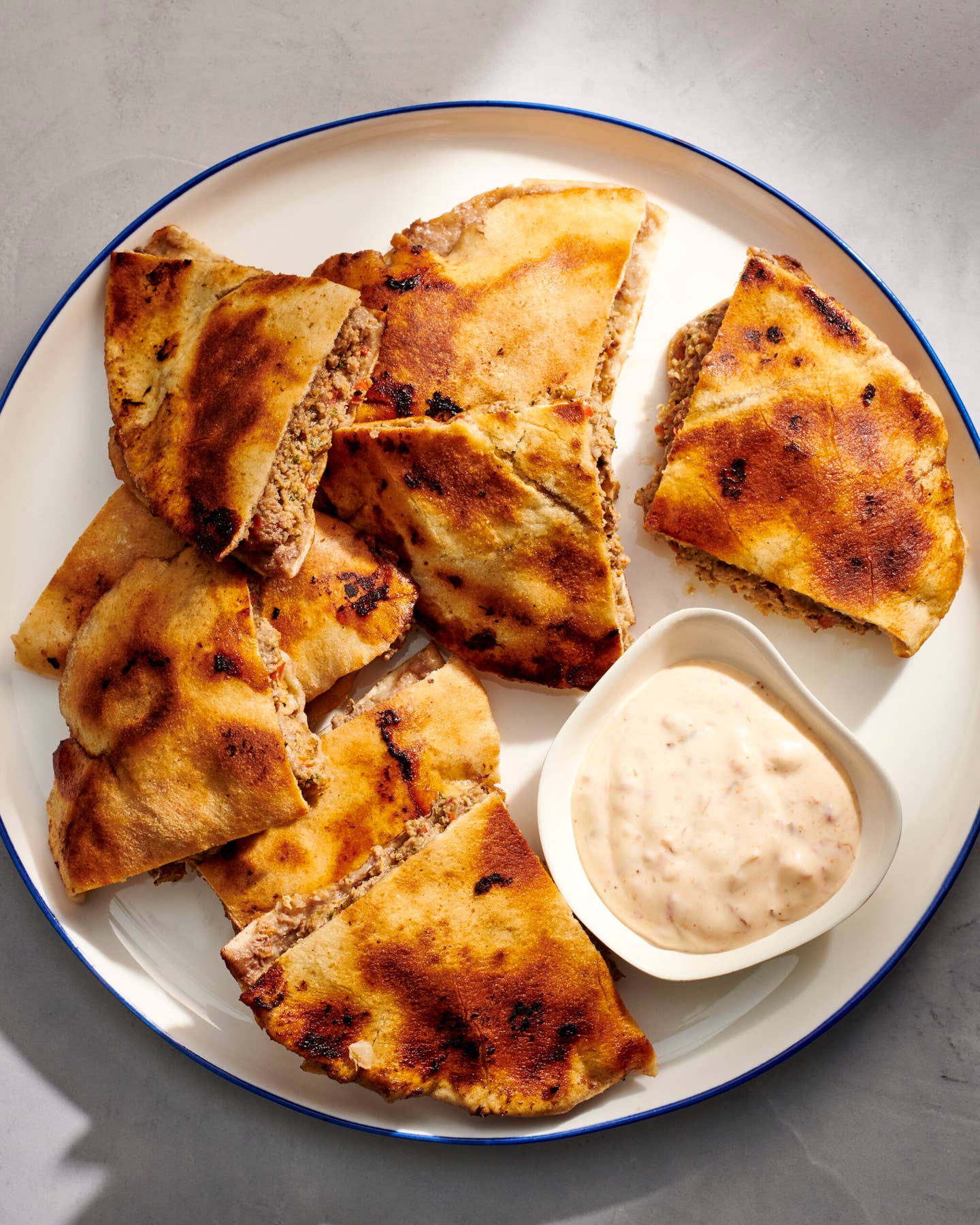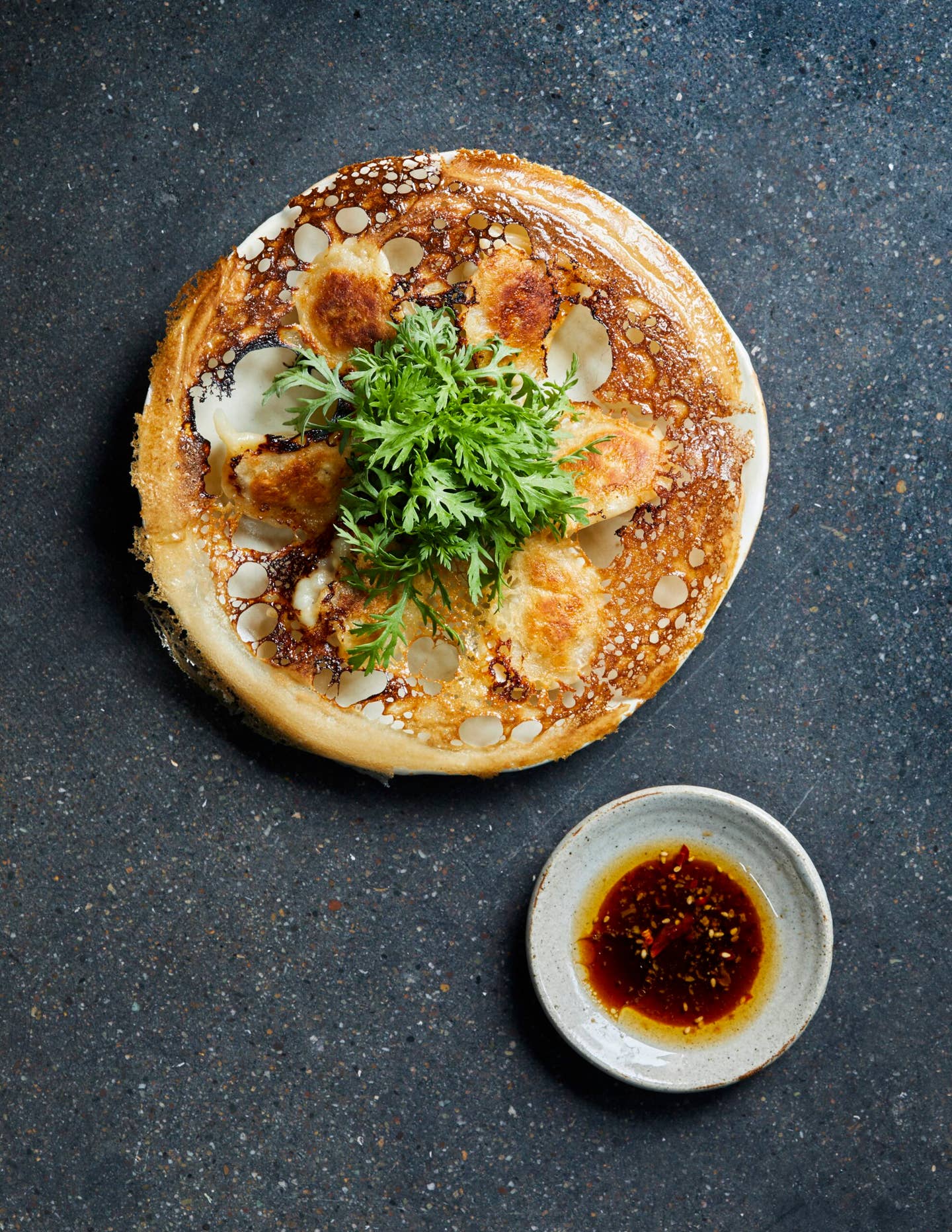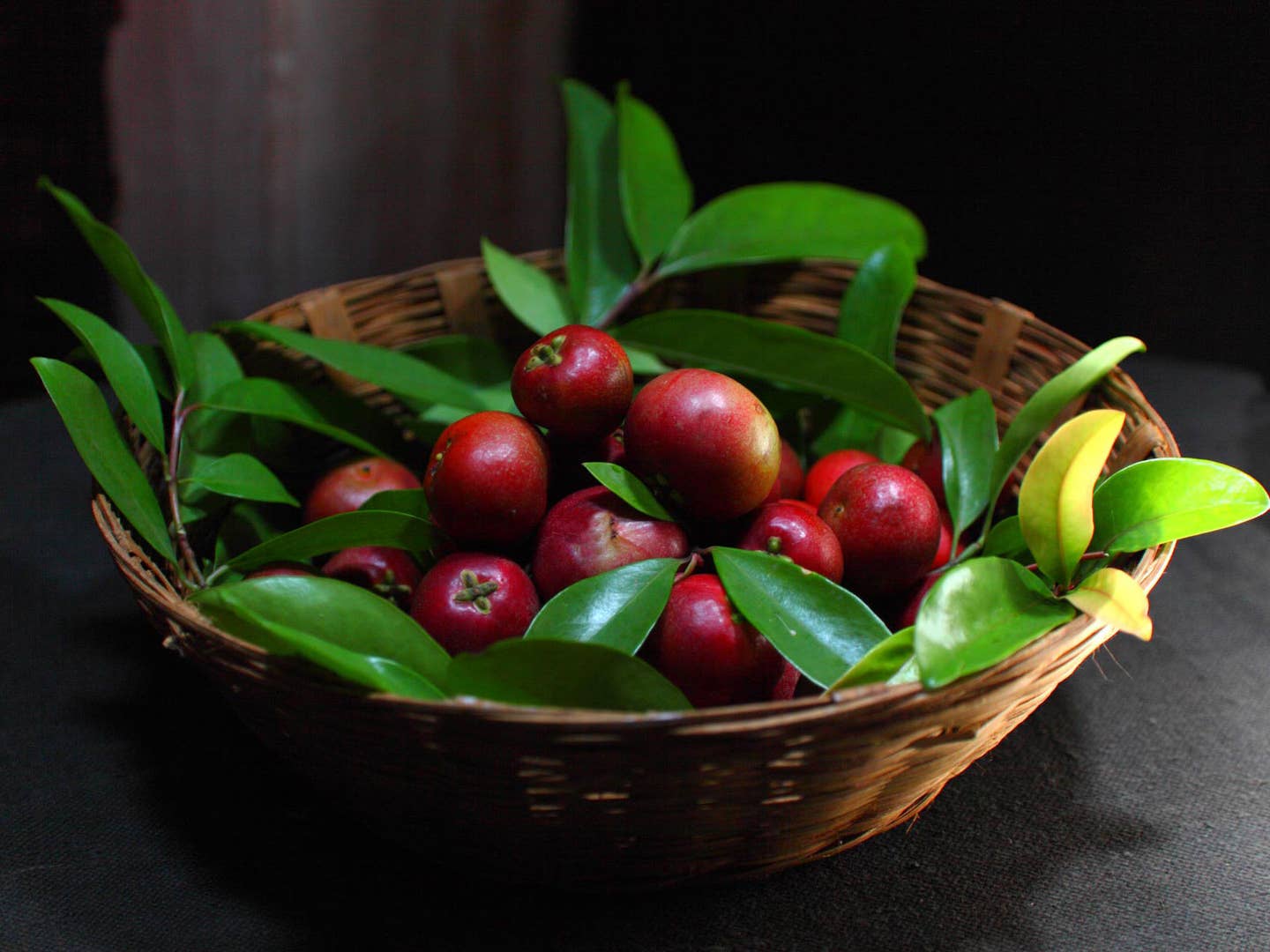
Get to Know the Sour, Twangy Ingredients that Give Indian Cooking a Kick Beyond Spice
India’s spices have traveled the world, but its souring agents have stayed close to home. Here’s why they’re worth a closer look
Red Lentils with Green Mango (Malika Masoor Dal)
Dried green mango adds sour pungency to this creamy lentil dish.
It’s a safe bet that when you think of India, you think of spices: cardamom and cloves and peppercorns, cinnamon and cumin and coriander, fennel and mustard and turmeric. And while Indians use these aromatics with as much delicacy and finesse as anyone, they’re far from the only ones that do. Indian spices are world-shaping commodities that have lured colonists and built empires obsessed with the flavors that at one point were only found on the subcontinent and in Southeast Asia.
But it's a different story for India's souring agents—twangy sources of acidity that define regional Indian cooking just as much as some key spices. Where an American cook may brighten a sauce with a squeeze of lemon or dash of vinegar, and Indian might turn to powdered green mango to tart up a kebab spice rub, or add a curl of tamarind-like kokum to a seafood a curry.
Since these flavors never really traveled beyond India's borders, they may not pack the romantic punch (or heady nose) of a north Indian garam masala. But they're at least as central to Indian cooking—and undoubtedly more unique—than the spices that first made India rich. Here are seven worth knowing.
Kokum
A red berry related to the mangosteen, kokum is mostly associated with the cooking of western India's tropical coast, and particularly the Konkan region, which runs from Mumbai south through Goa (another variety of the berry is common to Assam in India's distant Northeast).
Soaked, crushed, or tossed whole into a pot, kokam lends a bright berry tang to curries, lentil, or pan-fried dishes (think not-quite-ripe currants or blackberries), but its most distinctive uses are in beverages. The brilliant pink concentrate yielded by soaking the dry berry in water can be boiled with simple syrup and diluted with water to make a clear, pink sharbat, or, my personal favorite, combined with fresh coconut milk and a mixture of garlic, cumin, coriander, and chile to make a sour, spiced drink known as solkadhi, the obligatory accompaniment for fiery Konkani seafood dishes.
You'll most often see kokam sold in its semi-dry form, the husk torn into rubbery, purple-black teeth, curled up around the edges. Over in Kerala, south of the Konkan along the coast, cooks use a similar but more pungent dried berry called kodampalli.
Aamchur
Like the mangoes from which it's derived, aamchur is quintessentially Indian. A plain, beige powder made from the sun-dried pulp of unripe (or, to use the Indian term, "raw") mangoes, aamchur (also: amchur or amchoor) turns up in dishes from virtually all corners of the subcontinent.
Amchur smells and tastes of green apples (but with more astringency) and is an essential component of chaat masala, the powdered spice blend sprinkled over India's best loved variety of street snacks distinguished by their combination of textures, flavors, and temperatures. It also contains enzymes that break down proteins, which make it an important component in many kebab recipes. And its tartness means it plays an important role in the spice blends used to flavor Indian pickles.
A similar powder made from a wild cucumber called the kachri turns up in the cooking of Rajasthan, where the vegetable grows, but virtually nowhere else, while similar unripe papaya powders can also be used to tenderize meat.
Anardana
Made by sun drying flesh-on pomegranate seeds, anardana comes whole or in powdered form, like amchur, though its pink, juicy flavor more closely resembles kokam. You'll find anardana – which can stand up to longer cooking than more delicate aamchur—as a prominent flavoring in samosas or in the spiced chickpea stew called chole, served as a snack food across north India with deep-fried, steam-filled breads called bhatura.
As one of the two primary powdered souring agents (along with aamchur), anardana tends to turn up most often in the drier parts of northern and western India, where more common souring agents like lime are only available through part of the year, and where the culinary connections to Persia (another place that uses dried pomegranate seeds) are stronger.
Nimbu
You'd be hard-pressed to eat at any restaurant, canteen, or roadside dhaba in India without encountering a dish of these little yellow-green limes, quartered or sliced and left out to squeeze over your dal, fish fry, or spiced-up vegetables. Sweeter than Italian lemons, less astringent than Mexican limes, and less bitter than key limes (though similar in size), the nimbu lends a bright citric tang to anything it touches.
Like kokam, nimbu makes for good liquid refreshment in the form of nimbu pani (lime water) or fresh lime soda, sold in restaurants and at roadside stalls throughout the country. The diminutive fruits are squeezed, mixed with water or seltzer, and served either with sugar or sulfuric black salt and other savory spices. Sometimes people mix the sweet and salty versions together for a sweet, sour, and replenishing drink, perfect for the sweaty tropical heat. This is far and away the best version.
In the eastern state of Bengal, the gondhoraj, or* rangpur,* lime—a cross between a lime and a mandarin orange—is king.
Imli (Tamarind)
Though tamarind is not technically indigenous to the subcontinent, having arrived there from Africa via human migration thousands of years ago, it’s been cultivated on the land that is now India for so long that it might as well be. And the sweet-sour pulp extracted from the long, brown pods turns up all over the Indian kitchen.
Soaked and strained, tamarind water serves as a base for some of the richest rasams and is the key souring agent in sambhar (a typical South Indian lentil dish). The pulp, sold semi-dry or coated in a sticky reddish nectar, can be eaten as a snack or pulverized with spices and chilis into the masala pastes used to make any number of curries (including the Mangalorean Christmas pork curry that my Catholic housekeeper taught me years ago).
In one of my favorite iterations, tamarind pulp and dates are cooked down into a thick brown chutney that provides the sweet and sour notes in most of the street snacks known as chaats, made from a combination of fried doughs and chutneys.
Yogurt
India—and especially North India—is, at its core, a dairy culture, and the ubiquity of dahi (Hindi for yogurt) reflects that. There are sweet and salty lassis, sour-spicy chaas (also called buttermilk), yogurt marinades for meats, and cooling raitas made by mixing yogurt with vegetables or fried chickpea-flour dumplings called bundi.
Yogurt also functions as a souring agent in curries. It lightens rich north Indian meat dishes and makes for tart southern stews. In the desert regions of western India, cooks combine yogurt with chickpea flour and spices to make a sour soup called kadhi. There are also sweet-sour varieties from the state of Gujarat, where virtually nothing escapes the kitchen without a dash of sugar.
Vinegar
Used principally among the Christians of western India, whose cooking still bears the traces of Portuguese colonization and conversion, vinegars are a relatively recent introduction to the national cuisine. (References to sugar-cane vinegar appear in the 6th-century BCE medical text known as the Shushrutha Samitha, but mostly for medicinal purposes.)
Where Goan Hindus and cooks from the Konkan coast sour their curries with kokam, Goan Catholics create signature dishes like vindaloo and sorpotel with heavy dashes of vinegar, usually made from sugar-cane, though others are made using coconut water and toddy, a fermented coconut wine.
Farther north, the Parsi community of Mumbai and Gujarat (Persian Zoroastrians who came to the region over a millennium ago) use a dark, barrel-aged cane vinegar in signature dishes like the rich mutton stew known as sali boti, while communities across the subcontinent will often include dashes of vinegar in oil-pickled vegetables (achar), the juices from which—called achar ka raw—can themselves be drizzled over vegetables or breads or yogurts as a spicy-sour condiment all their own.
Watch: A Taste of India
Keep Reading
Continue to Next Story





